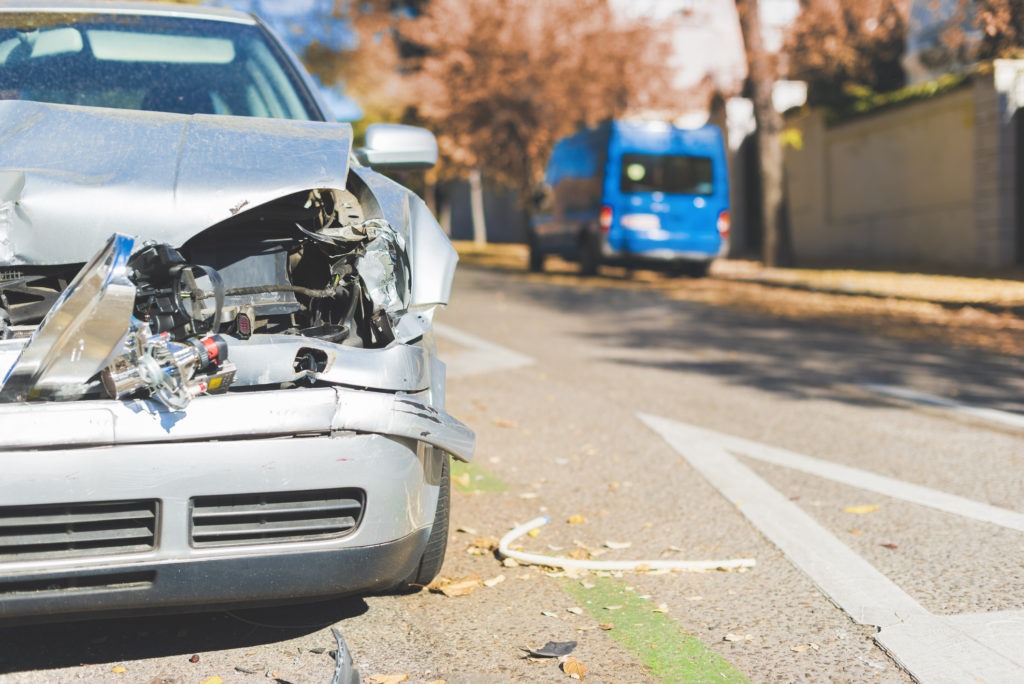Carmakers push for safety-system awareness as EU deaths record small drop
18 April 2019

18 April 2019
The decline in deaths on European roads tapered off in 2018 with a smaller drop than previous years affecting targets set by the EU Commission.
Although fatalities have fallen by one fifth since 2010, last year’s figure of 25,100 people killed on roads on the continent is just 1% lower than 2017 figures. While this number means European roads are still the safest worldwide, more needs to be done to meet the ′Vision Zero’ target of no fatalities by 2050.
′The figures show we are off track to reach our target of halving the number of road deaths by 2020. This underlines the need for swift action by Member States and the entire road safety community to deliver on the EU’s strategic road safety action plan, published in May 2018,’ the European Commission said in a statement.
′While I, of course, welcome any reduction in road traffic fatality figures, even a single road death is unacceptable,’ Commissioner for Transport, Violeta Bulc added. ′We have been assertive and ambitious in tackling road safety, adopting a strategic action plan, concrete actions on vehicle and infrastructure safety, and a policy framework for the next decade.’
The EU countries with the best road safety results in 2018 were the United Kingdom (28 deaths/million inhabitants), Denmark (30/million), Ireland (31/million), and Sweden (32/million). The countries with a higher-than-average decrease in road deaths from 2017 to 2018 were Slovenia (-13%), Lithuania (-11%), Bulgaria (-9%) and Slovakia and Cyprus (both -8%).
Better equipment
Last month, the EU signed off the revised General Safety Regulation, which sets out the safety technologies that new car types must feature as of 2022, such as autonomous emergency braking (AEB), intelligent speed assistance (ISA) and lane-keeping systems.
′Today, cars already come equipped with a wide range of safety measures. A key concern of ours is that many drivers are not aware of these existing technologies – let alone the many new safety features fitted in all new passenger cars in just a few years,’ explained Erik Jonnaert, ACEA Secretary General.
To address this, ACEA has launched a new website, www.roadsafetyfacts.eu, which provides a fact-based overview of everything related to vehicle safety technology and road safety. Through educational infographics, it explains various safety features in a clear and simple way. This new campaign forms part of the industry’s commitment to better communicate with citizens on safe driving and the more effective use of available safety features.
′Carmakers are fully committed to informing drivers about the safety features already available in their vehicles, in addition to making cars even safer in the future,’ Jonnaert underlined.
′At the same time, vehicle technology is not the only answer. To continue driving down road accidents and fatalities, we must combine vehicle technology with safer driver behaviour and improved road infrastructure.’